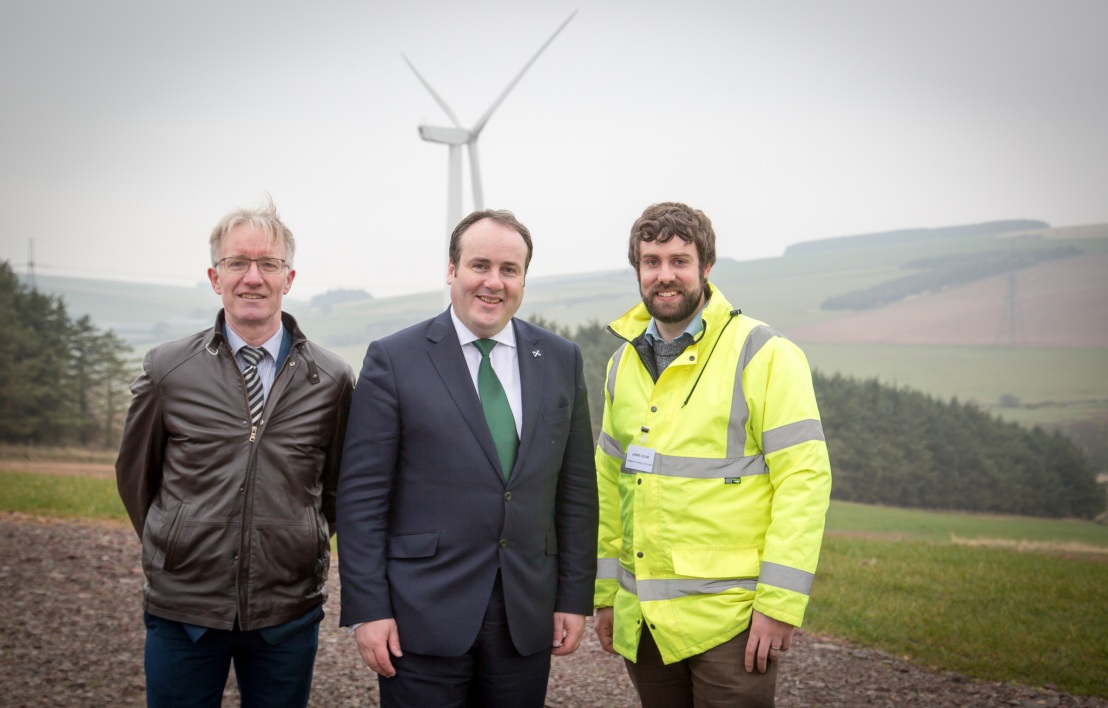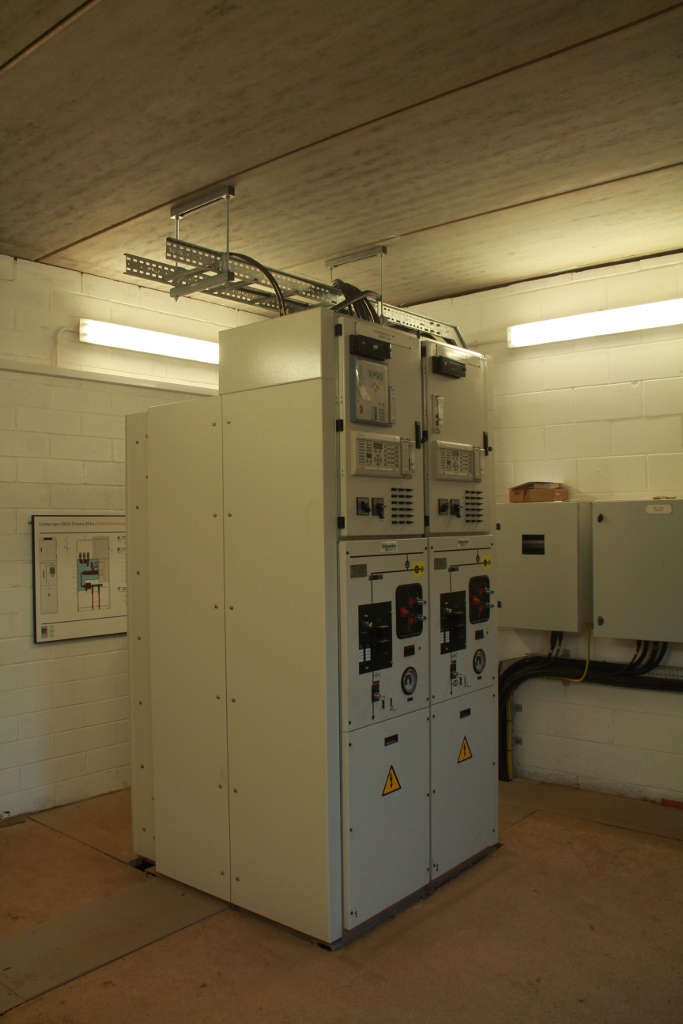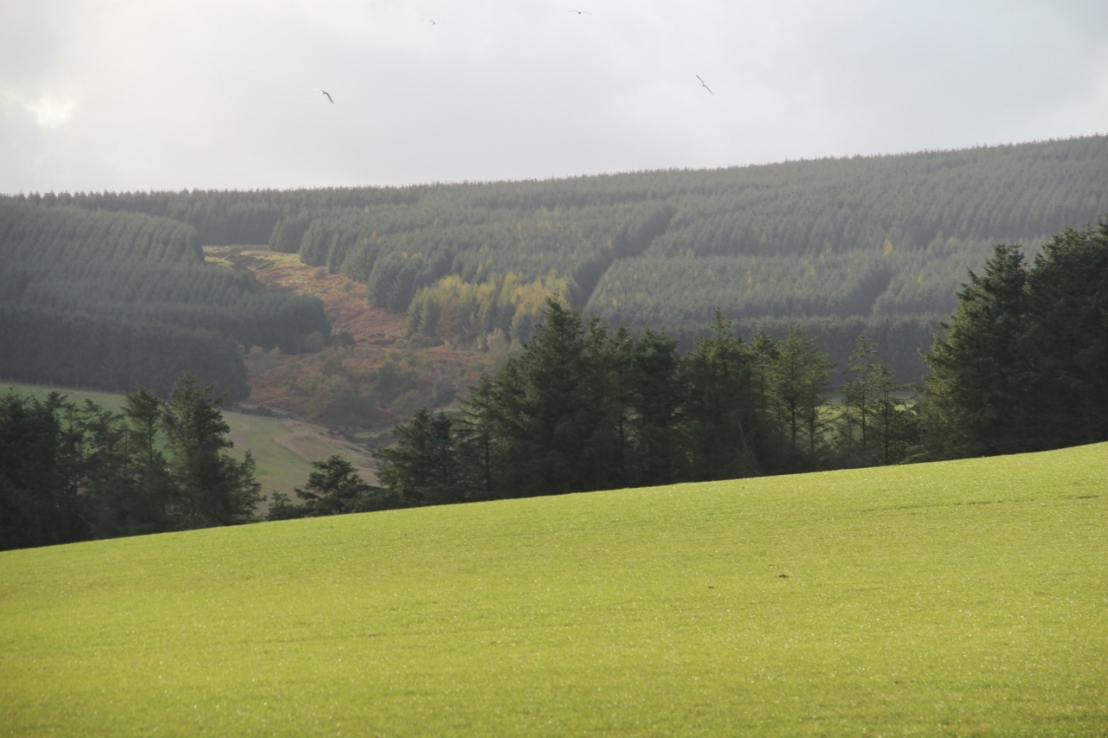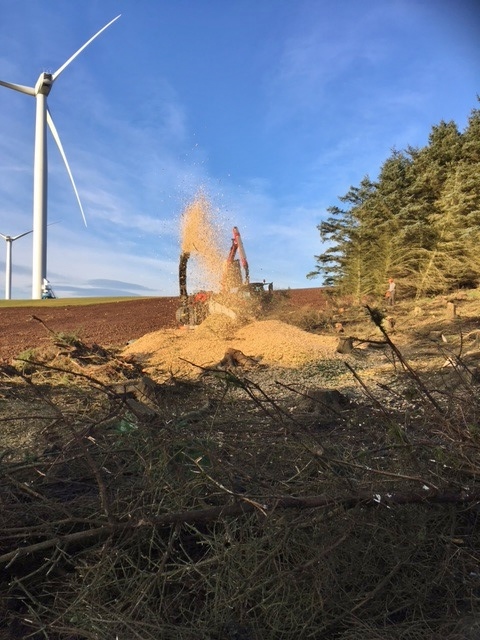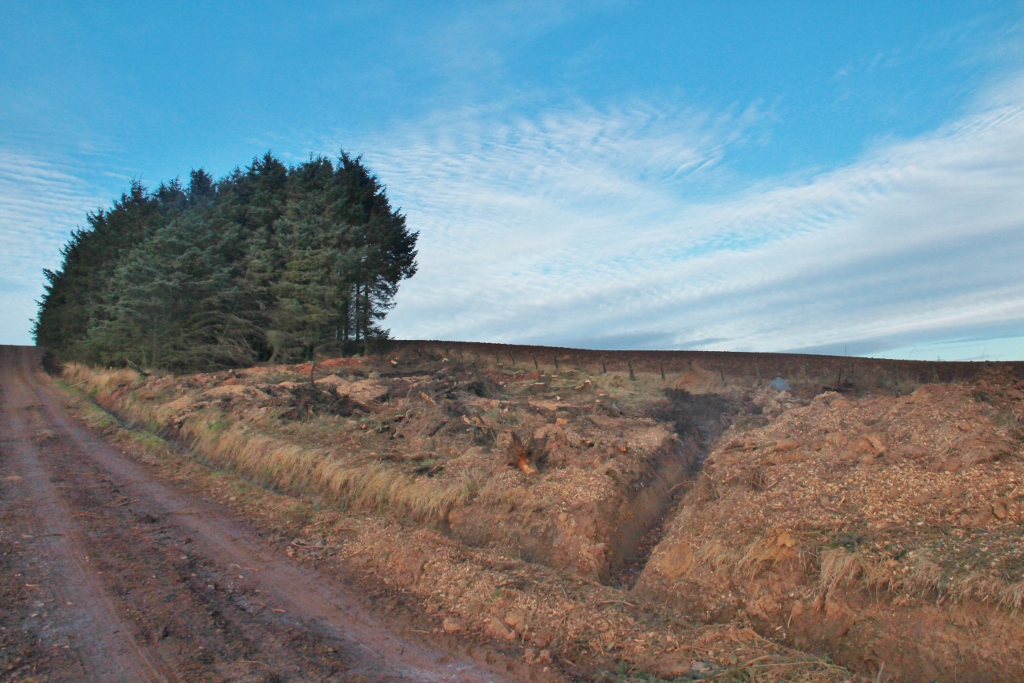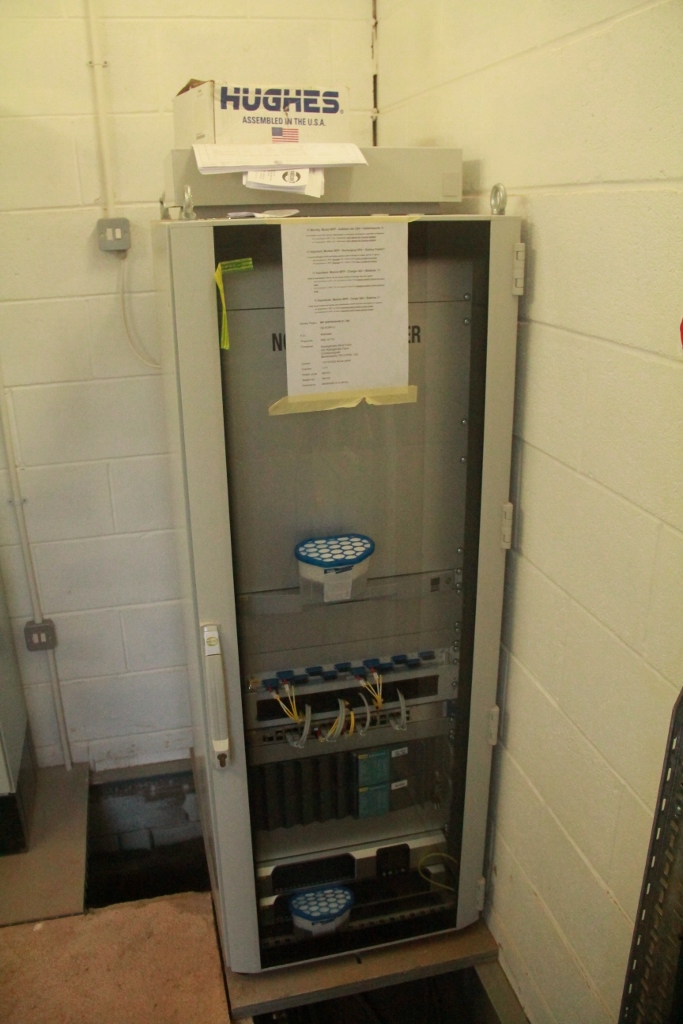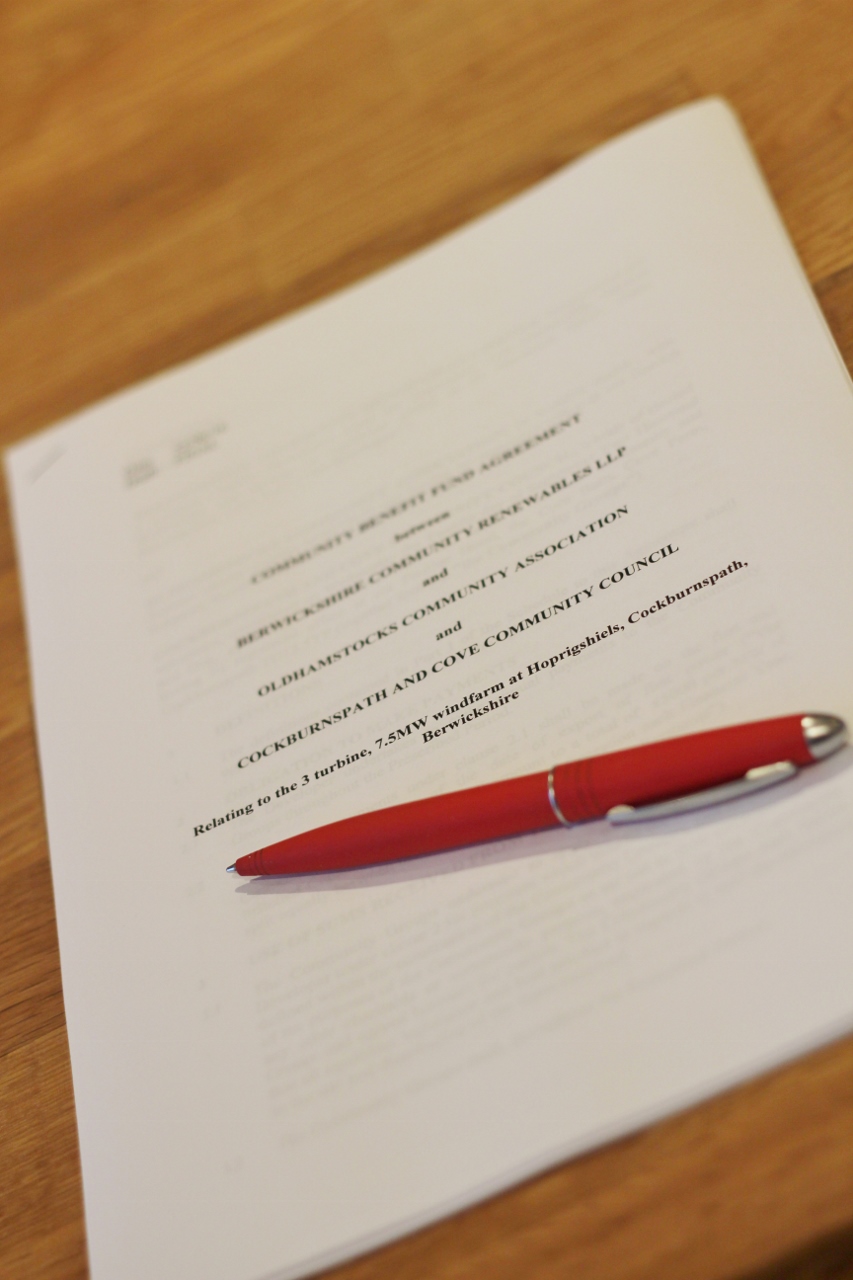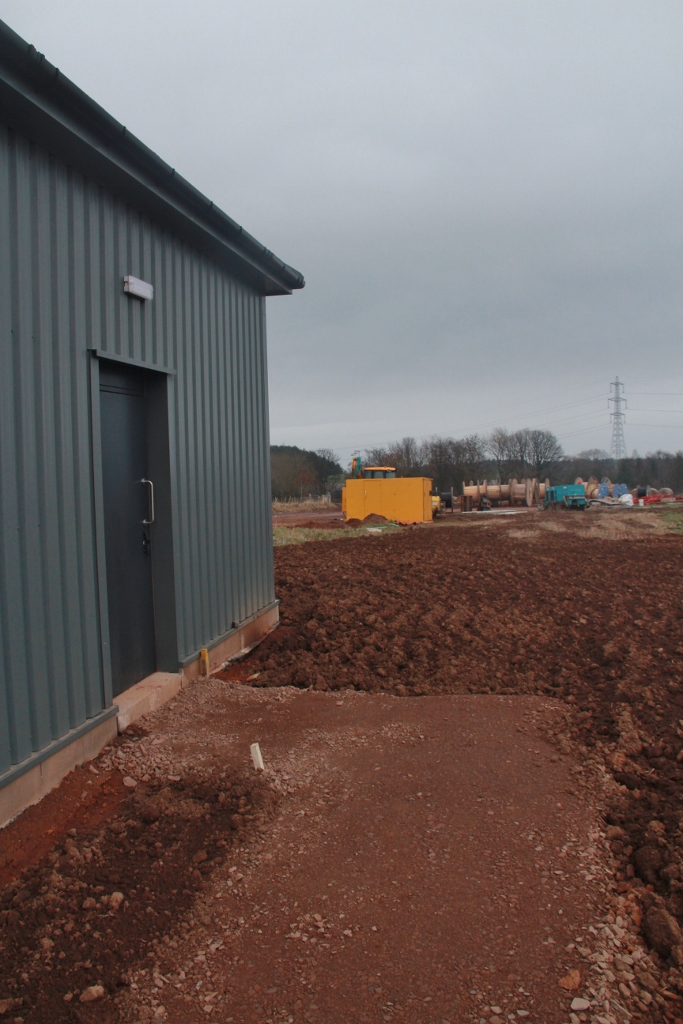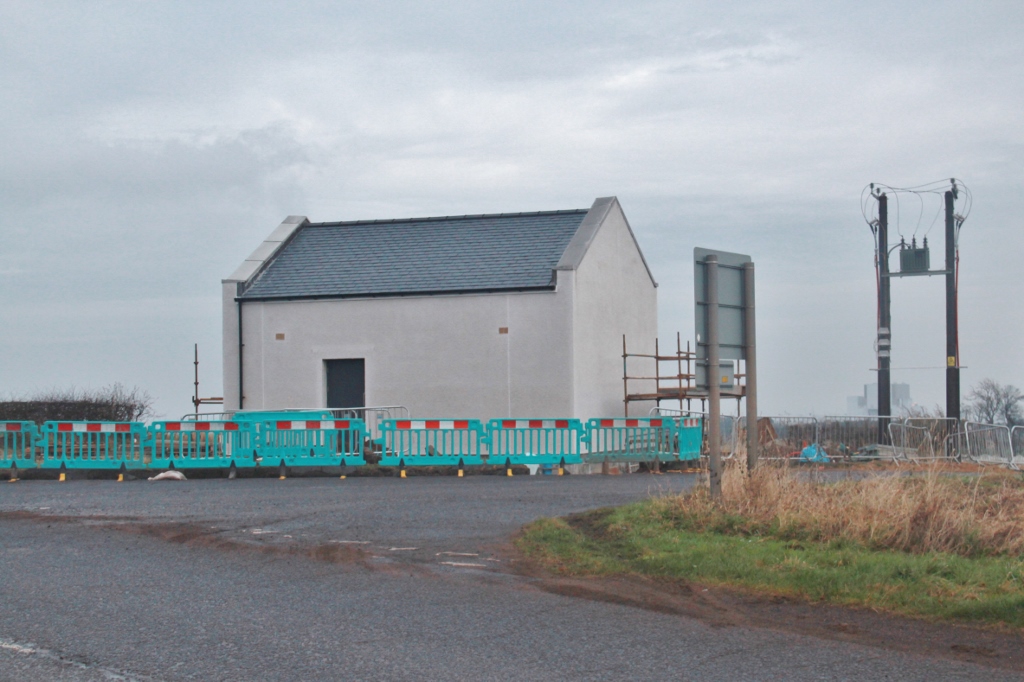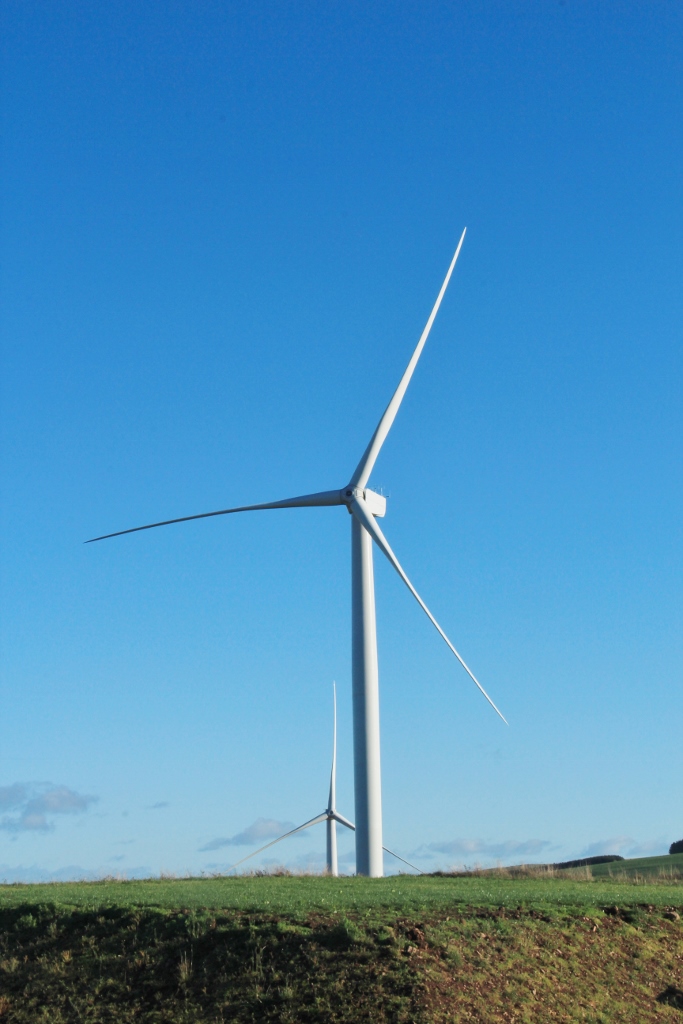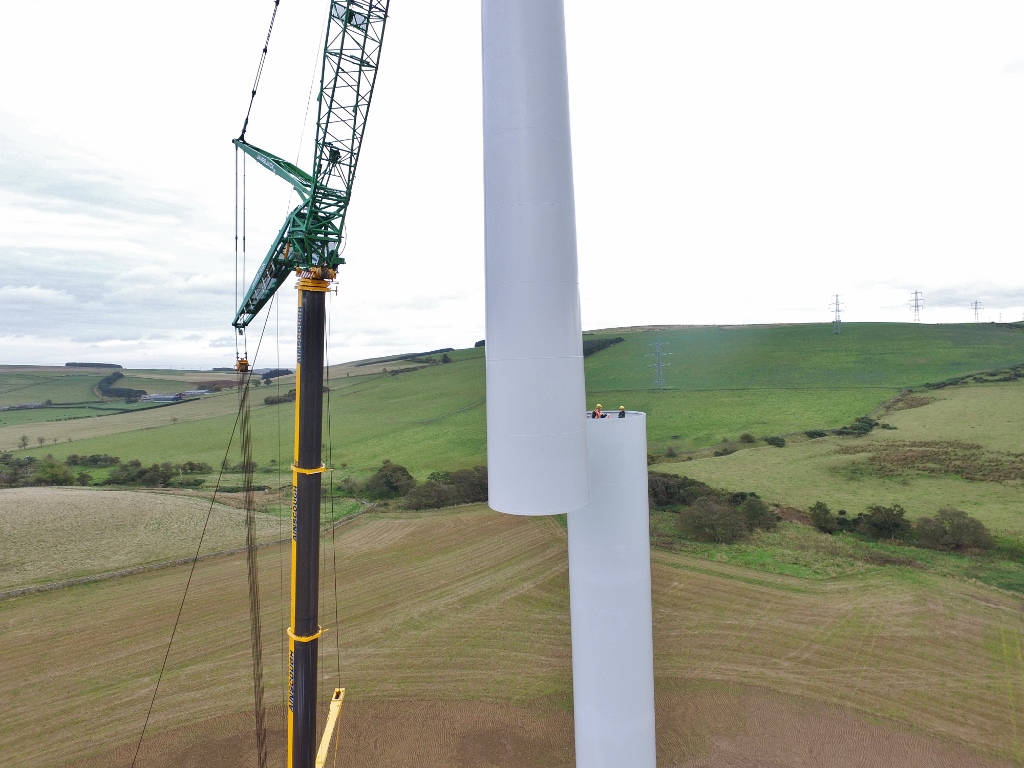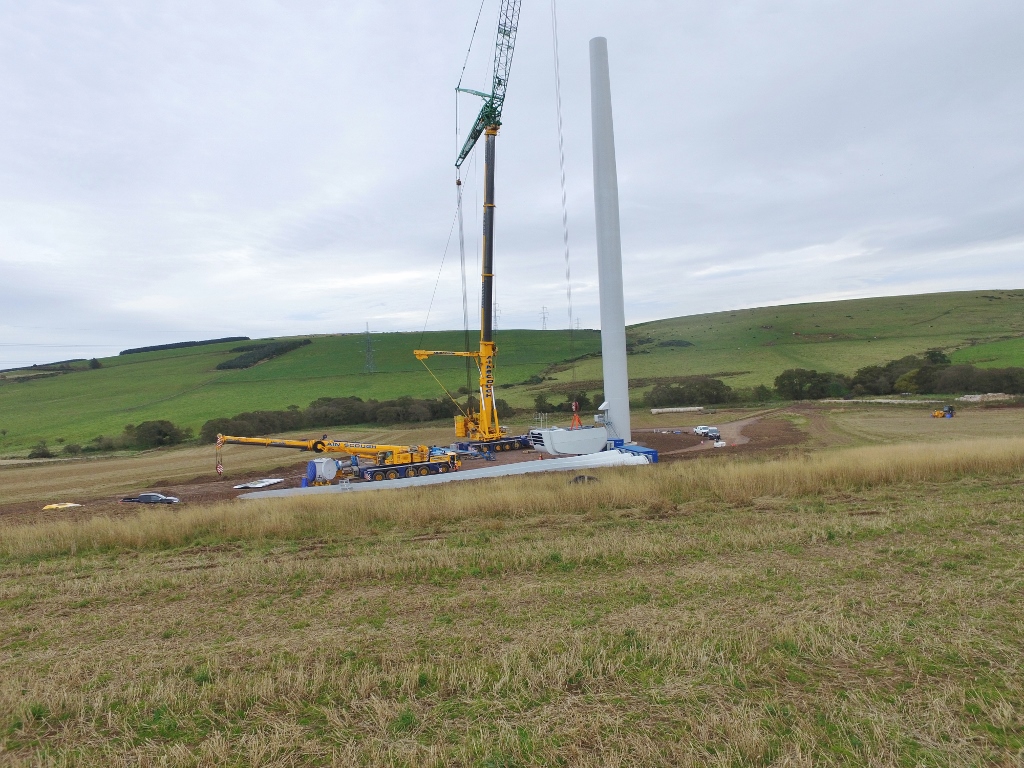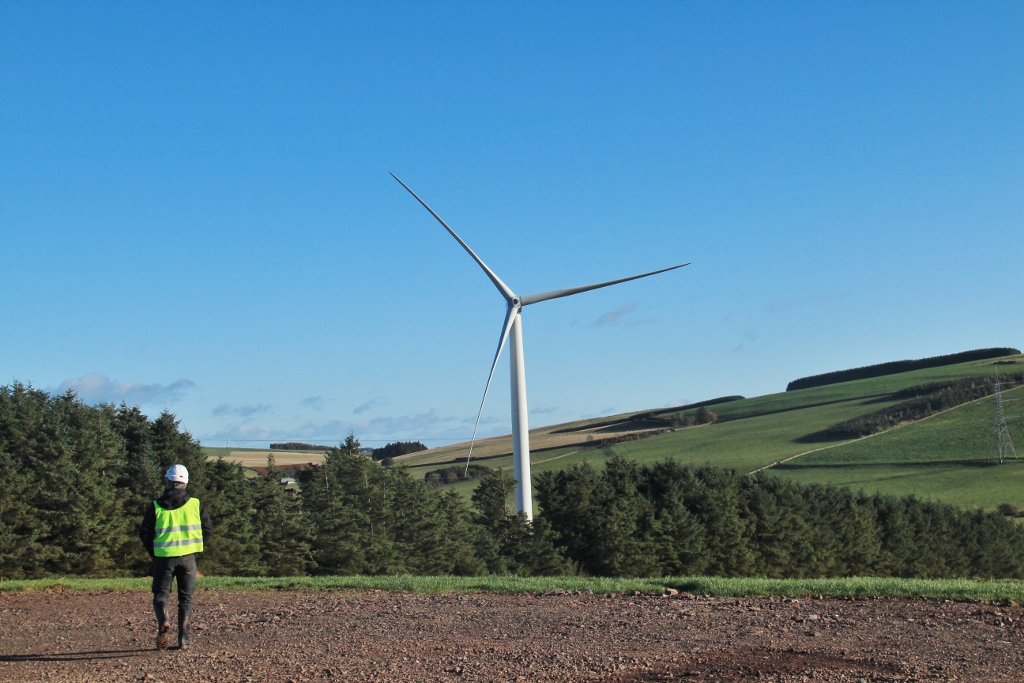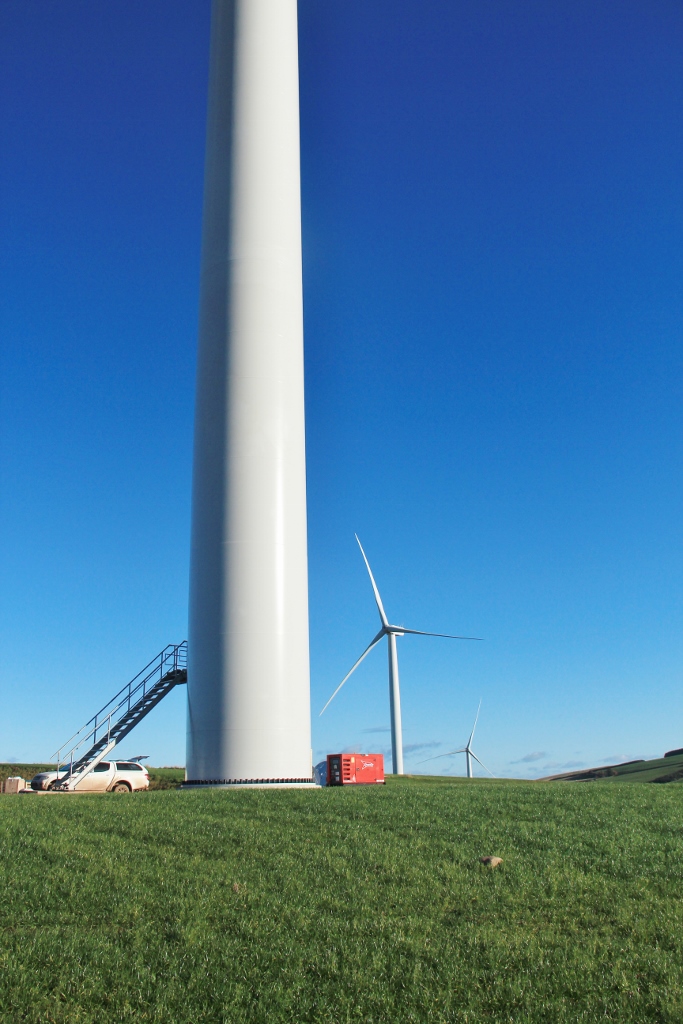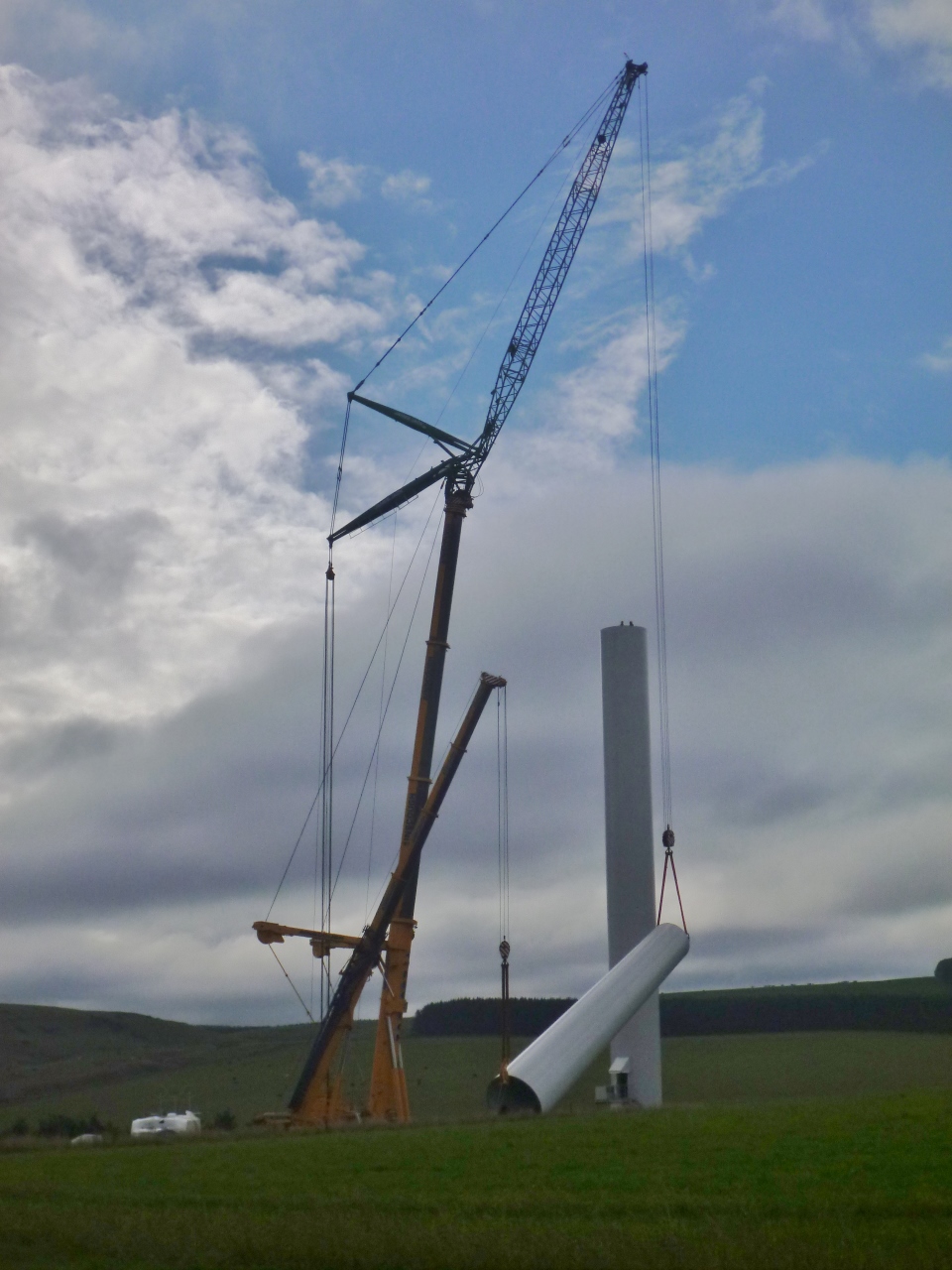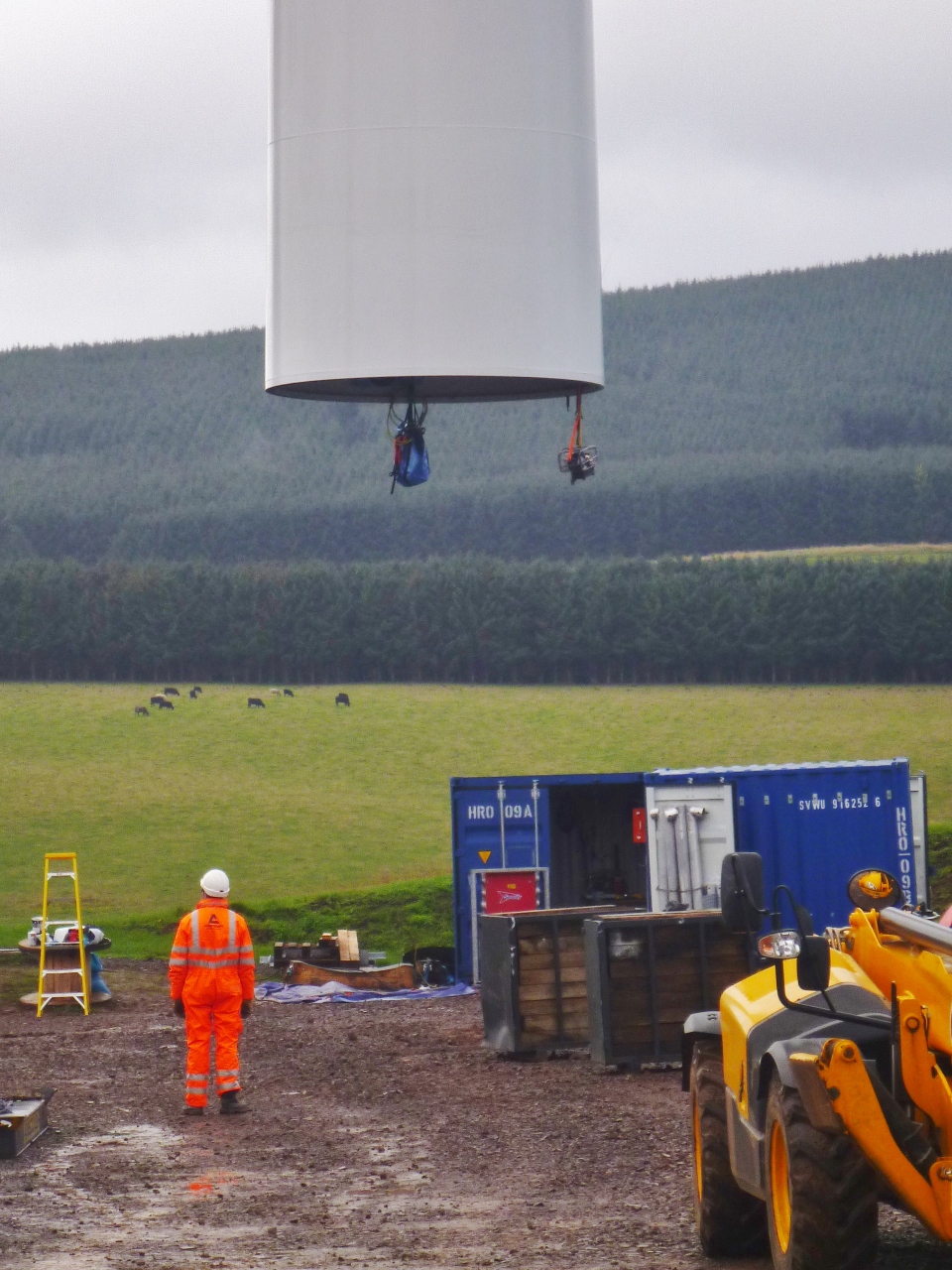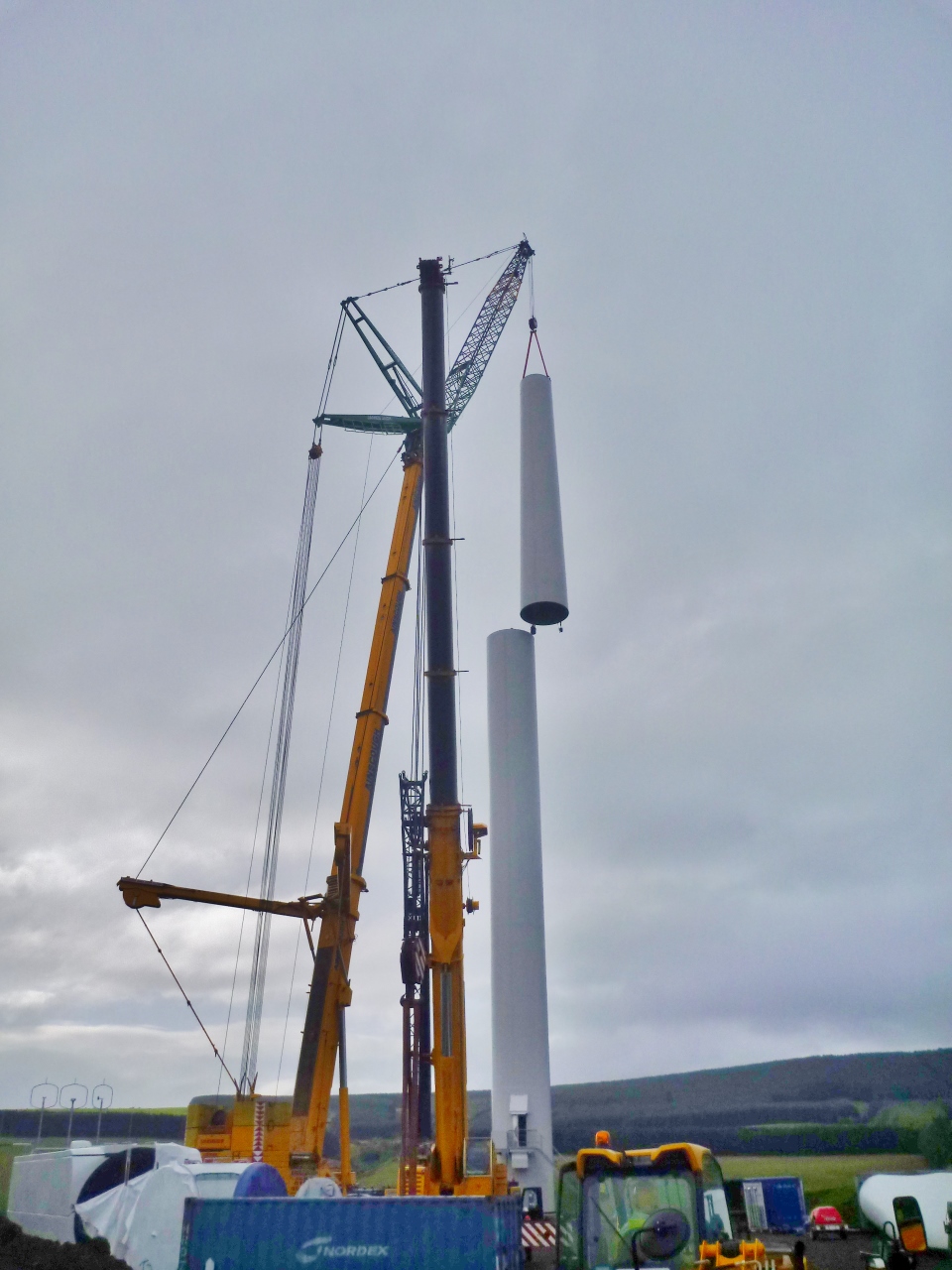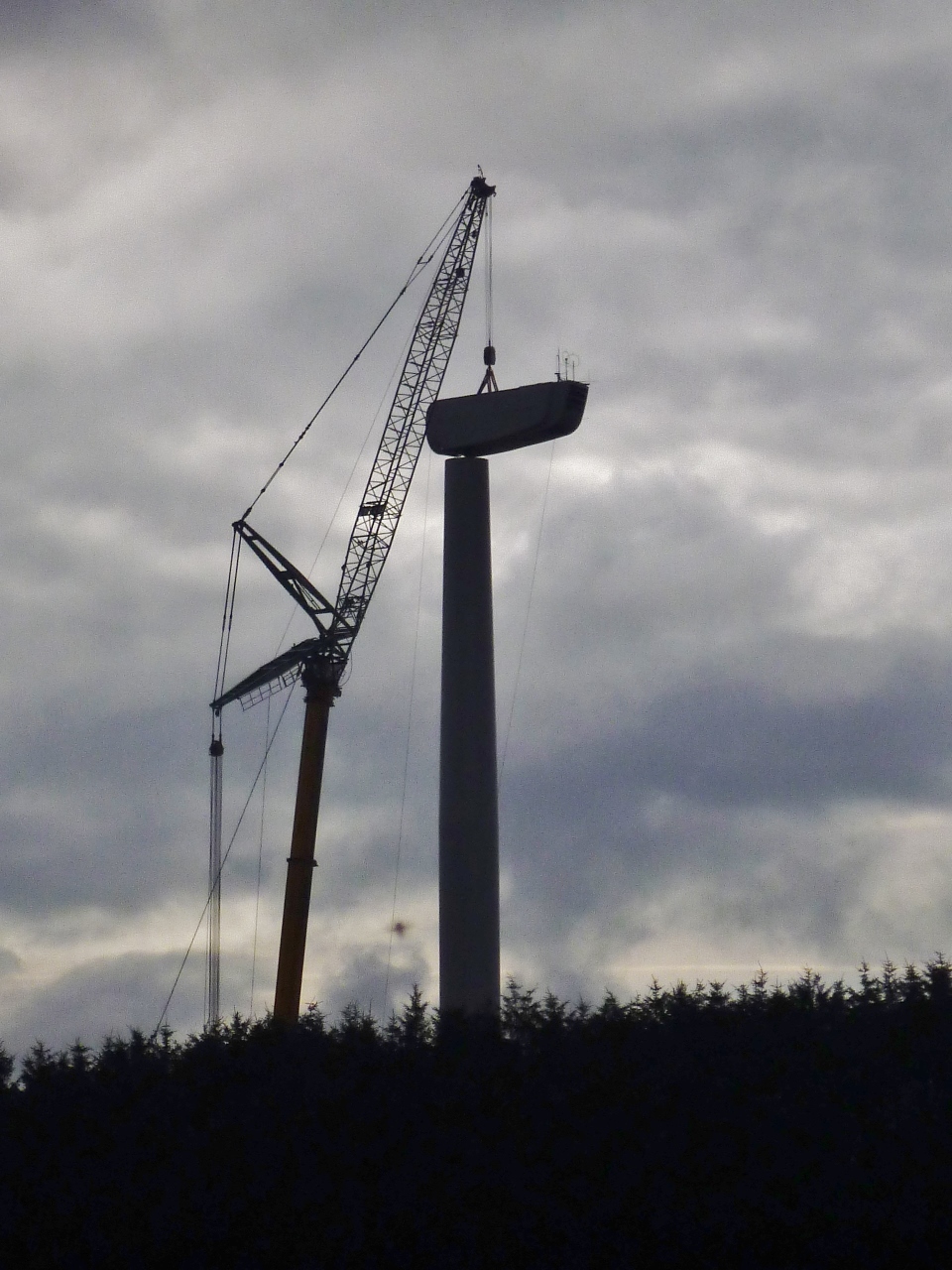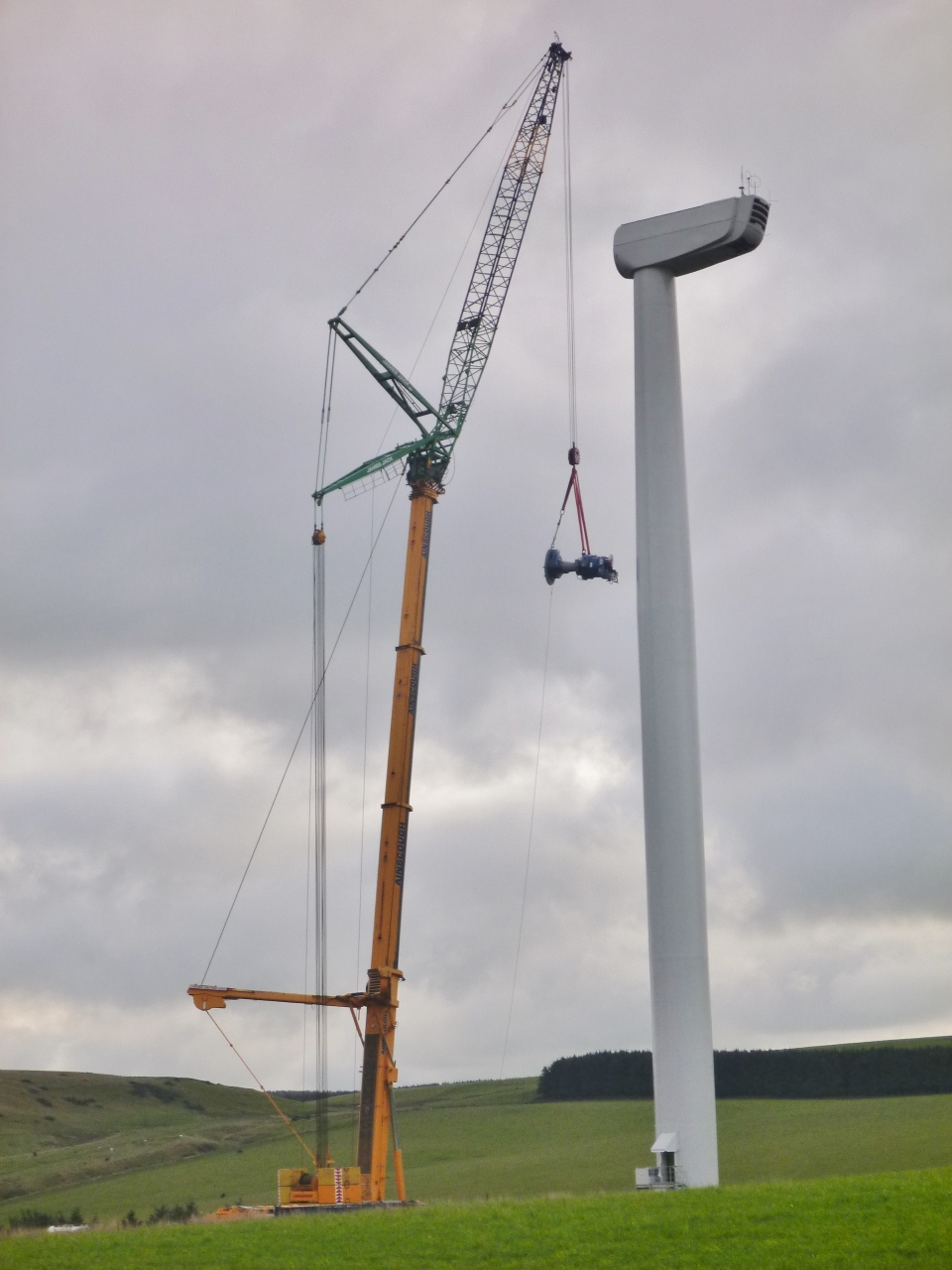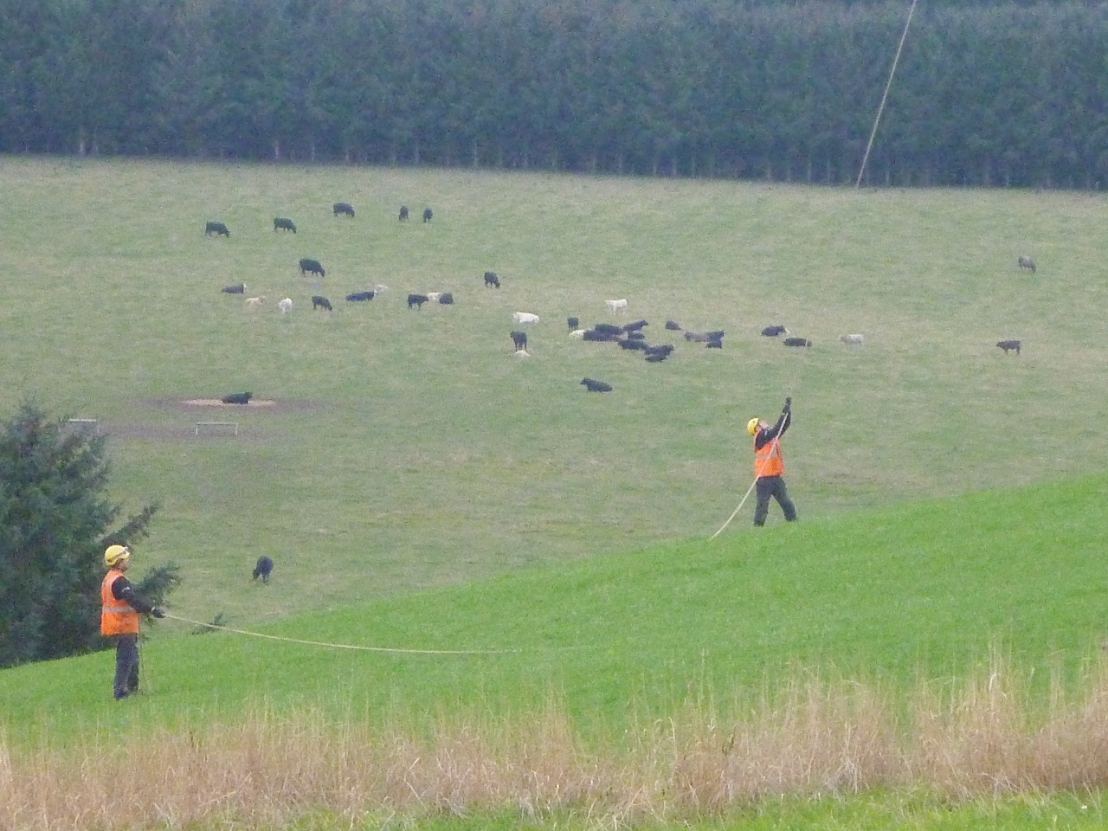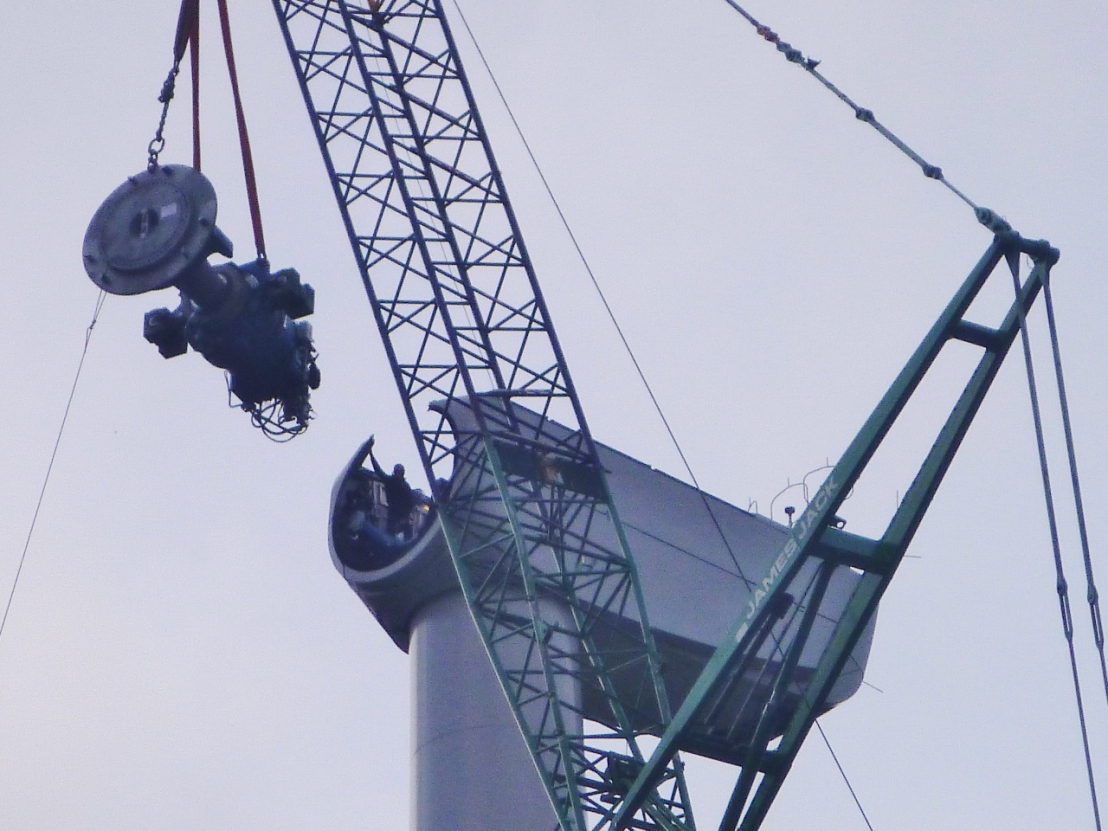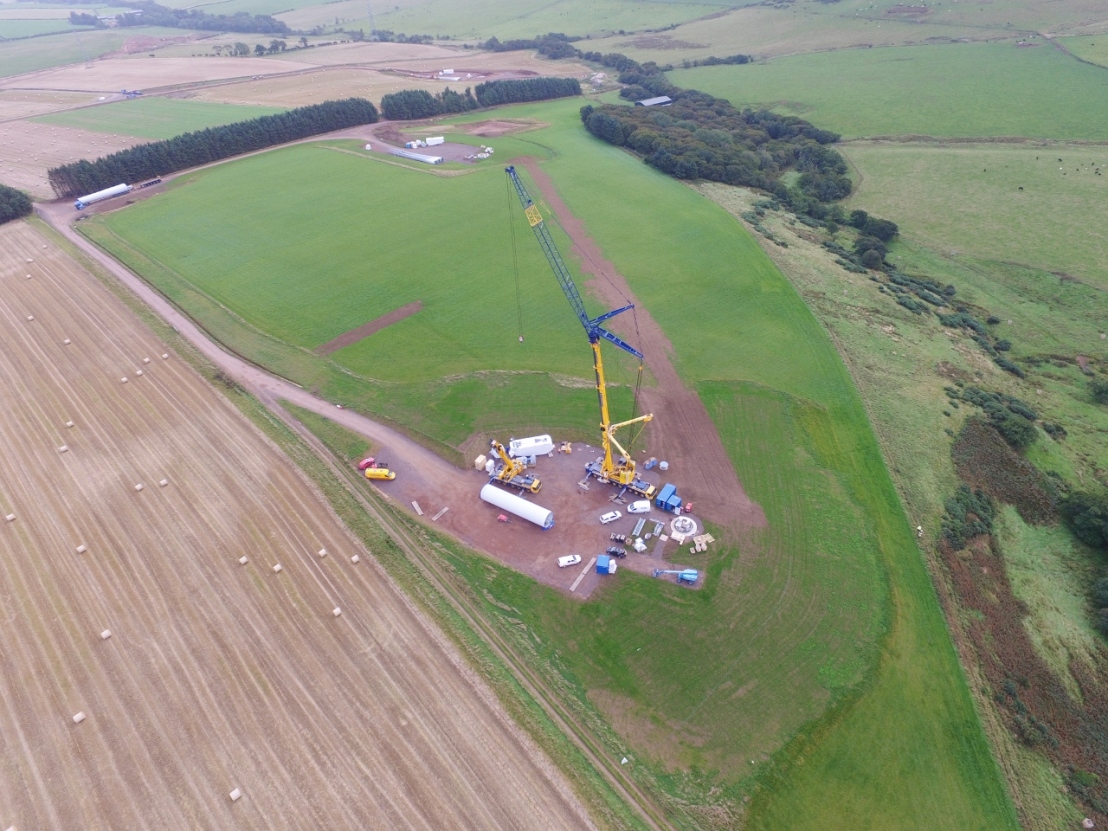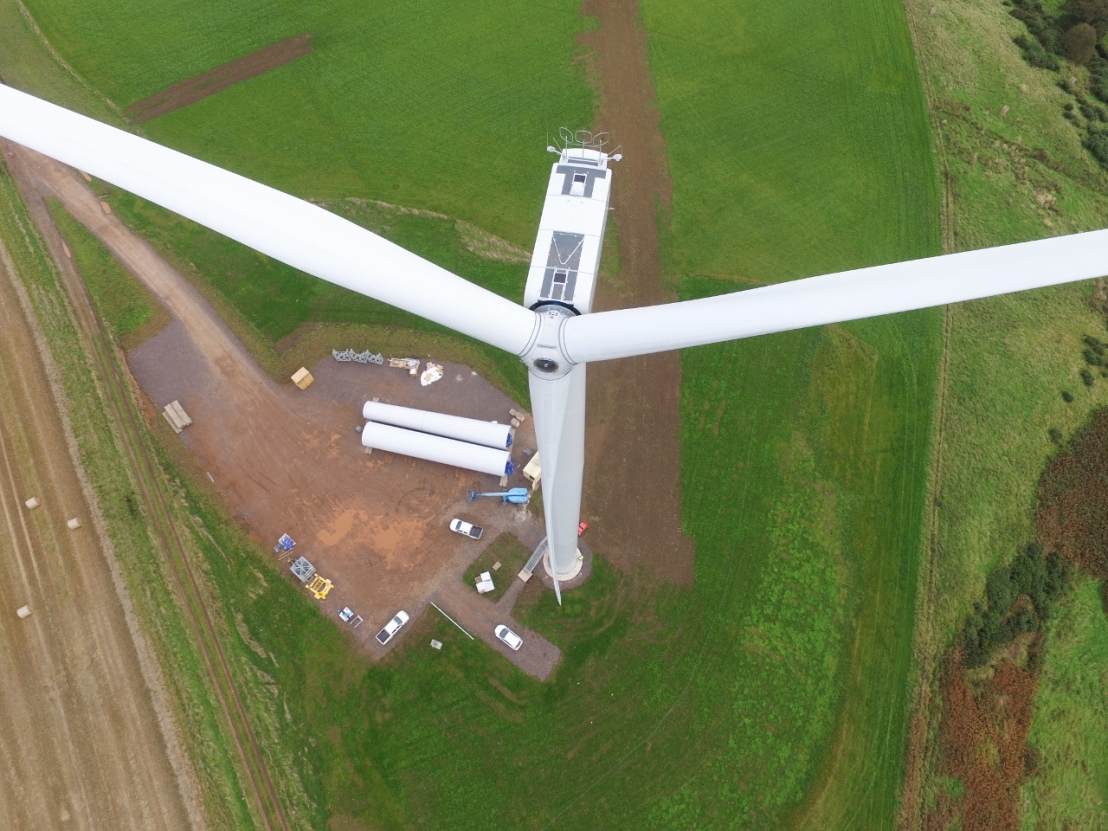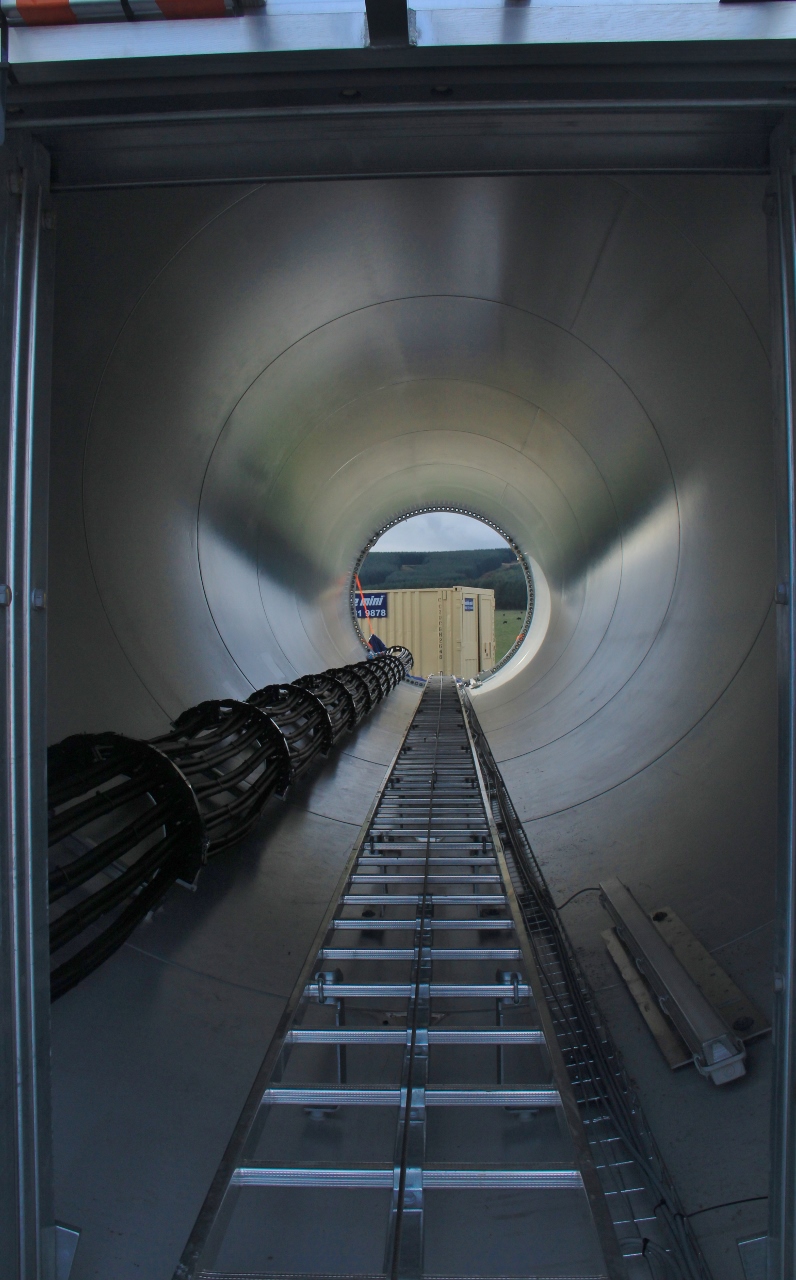At long last, the site is operational and generating electricity. We were connected to the National Grid on the 17th of March and Nordex wasted no time in starting to commission the turbines. In just over a week of operation, still undergoing tests and gradually ramping up to full power, they have managed to generate over 101,000kWh of electricity.
On Tuesday we held an opening ceremony to celebrate this major milestone for the two project partners, Berwickshire Housing Association and Community Energy Scotland. We were lucky enough to have the site officially opened by Paul Wheelhouse MSP, Minister for Business, Innovation and Energy in the Scottish Government, who is also the local constituency MSP.
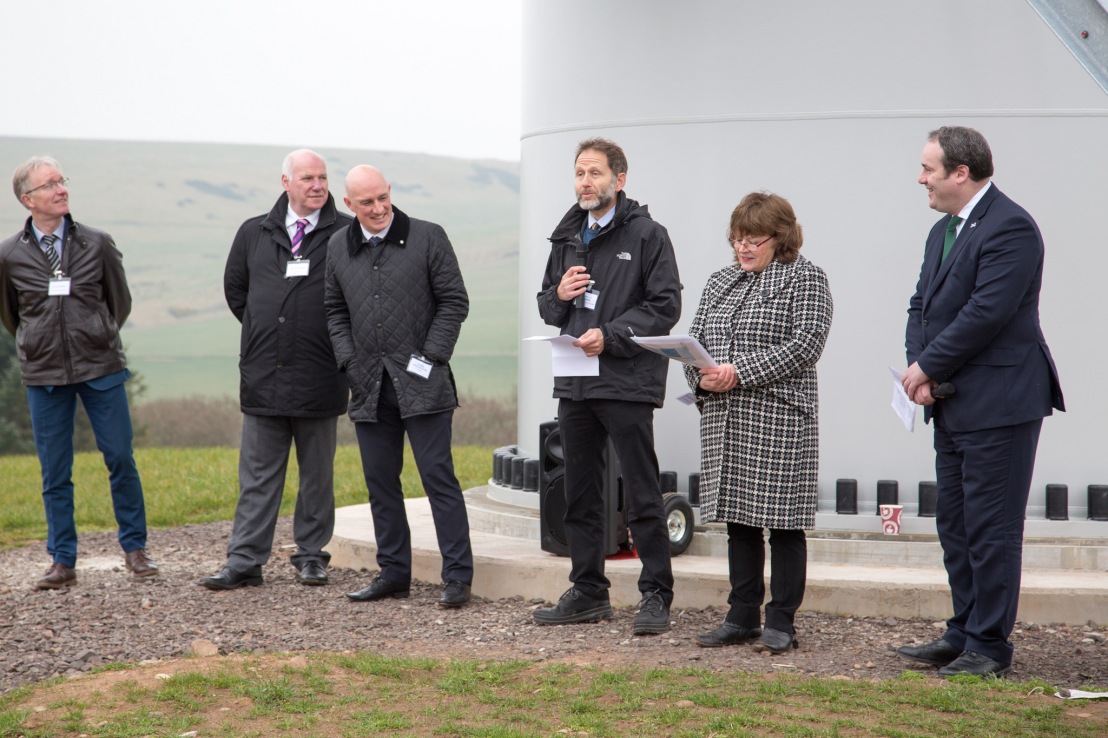

Around 70 guests joined us for the event, including representatives from our funders, contractors, partner boards and from the local communities.
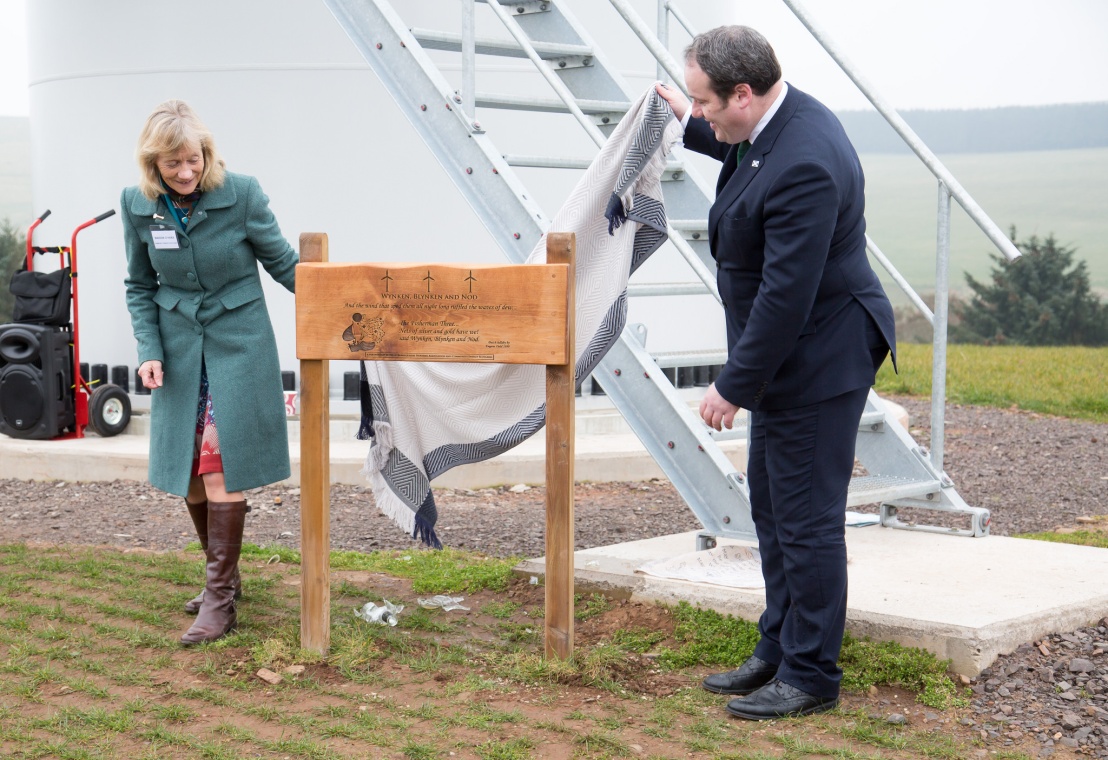
CES and BHA staff had submitted names for the windfarm in a competition ultimately won by Marion O’Hara, who suggested they should be called ‘The Fishermen Three’. This name is taken from the poem Wynken, Blynken and Nod by Eugene Field. The poem is a Dutch lullaby about three magical fisherman casting out their “nets of silver and gold”, which is a fitting metaphor for the ‘silver and gold’ that the sails of the turbines will catch and generate for the charities that own them and for the local community. The full poem is available to read here.
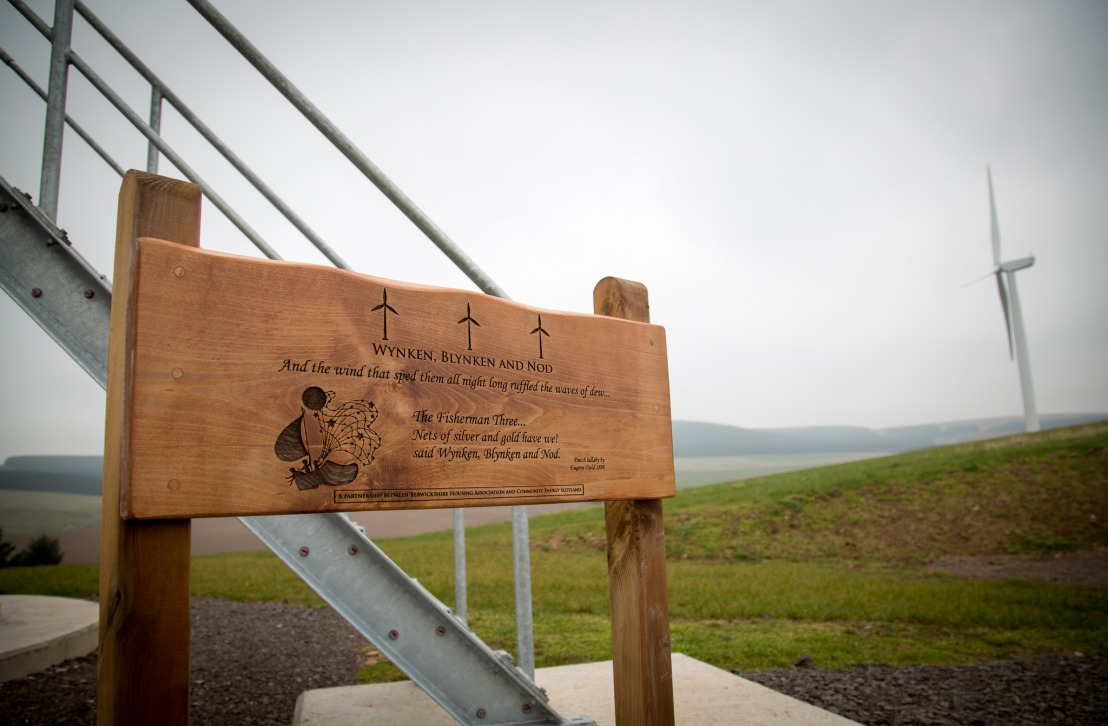
We’re delighted that Wynken, Blynken and Nod are now generating power for thousands of local homes, reducing harmful carbon emissions, and delivering benefits to communities at a local, regional and national level. We’d like to take this opportunity to thank all the local residents for their understanding and patience during the build, and we look forward to the years ahead.
